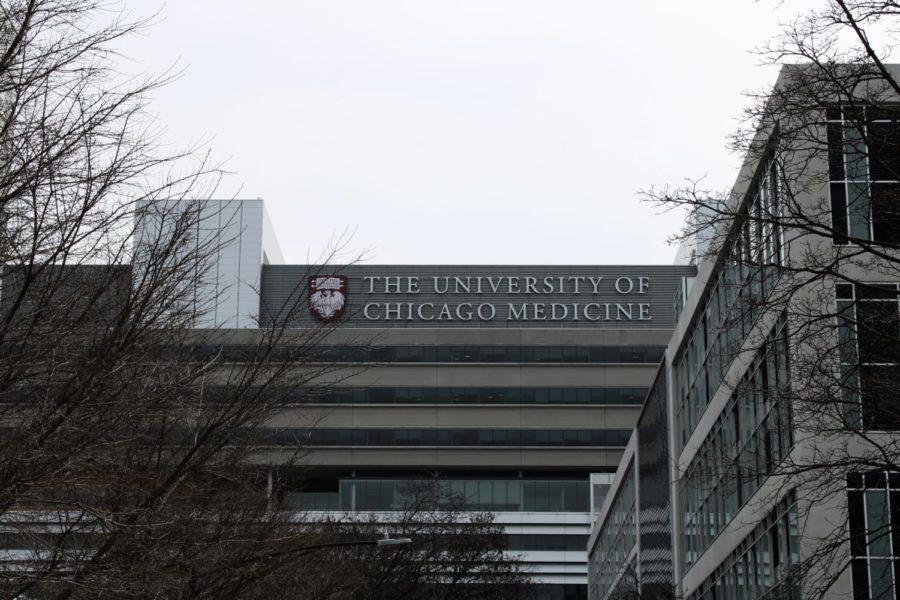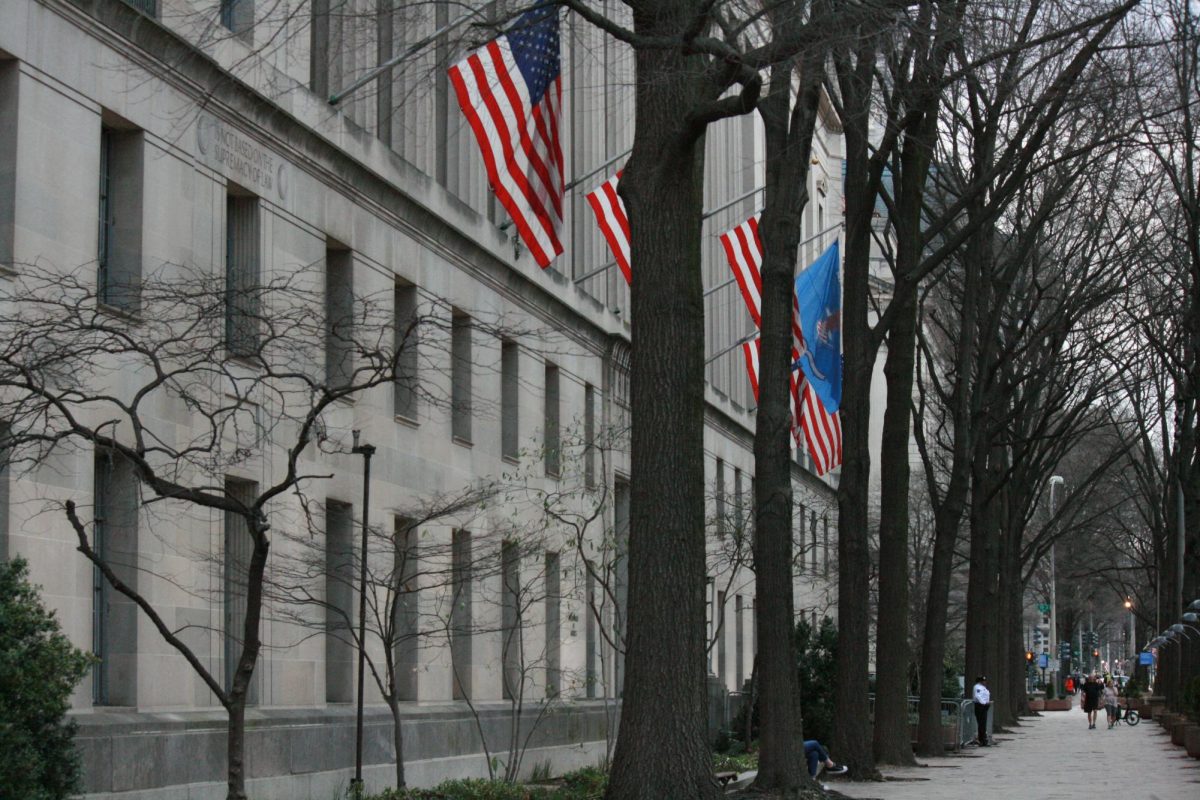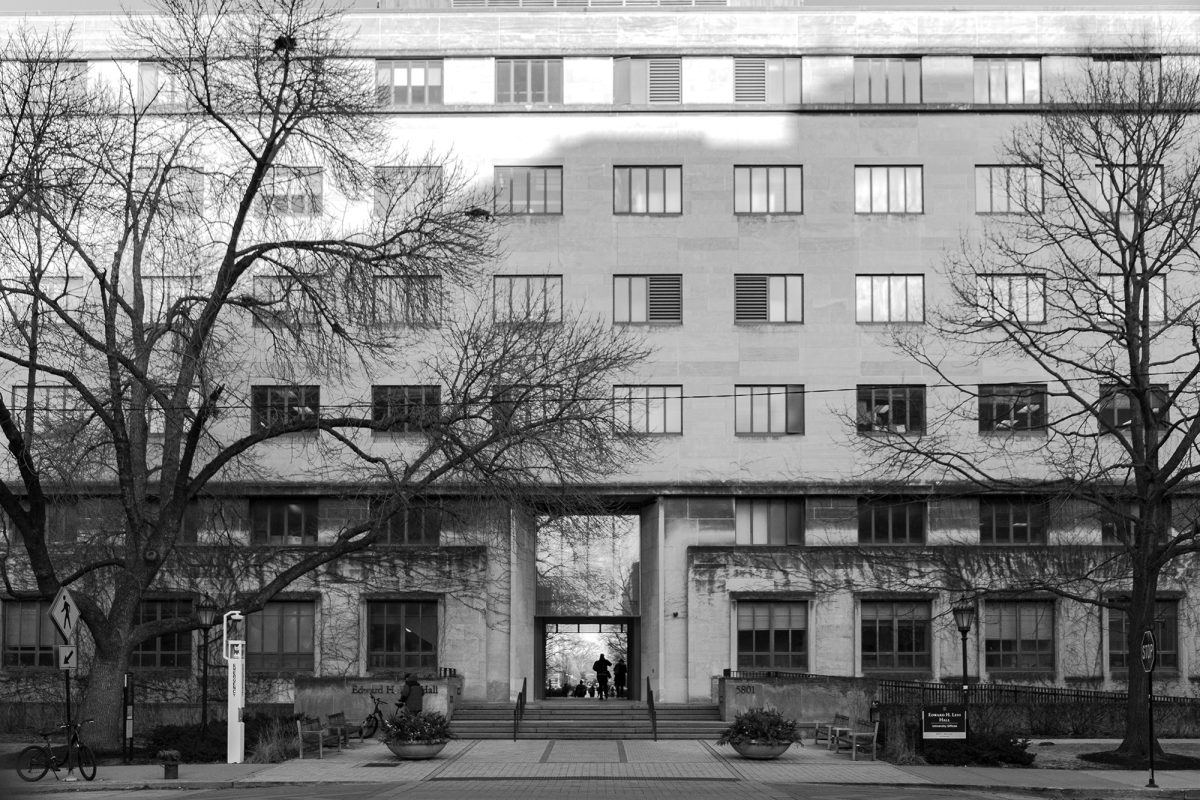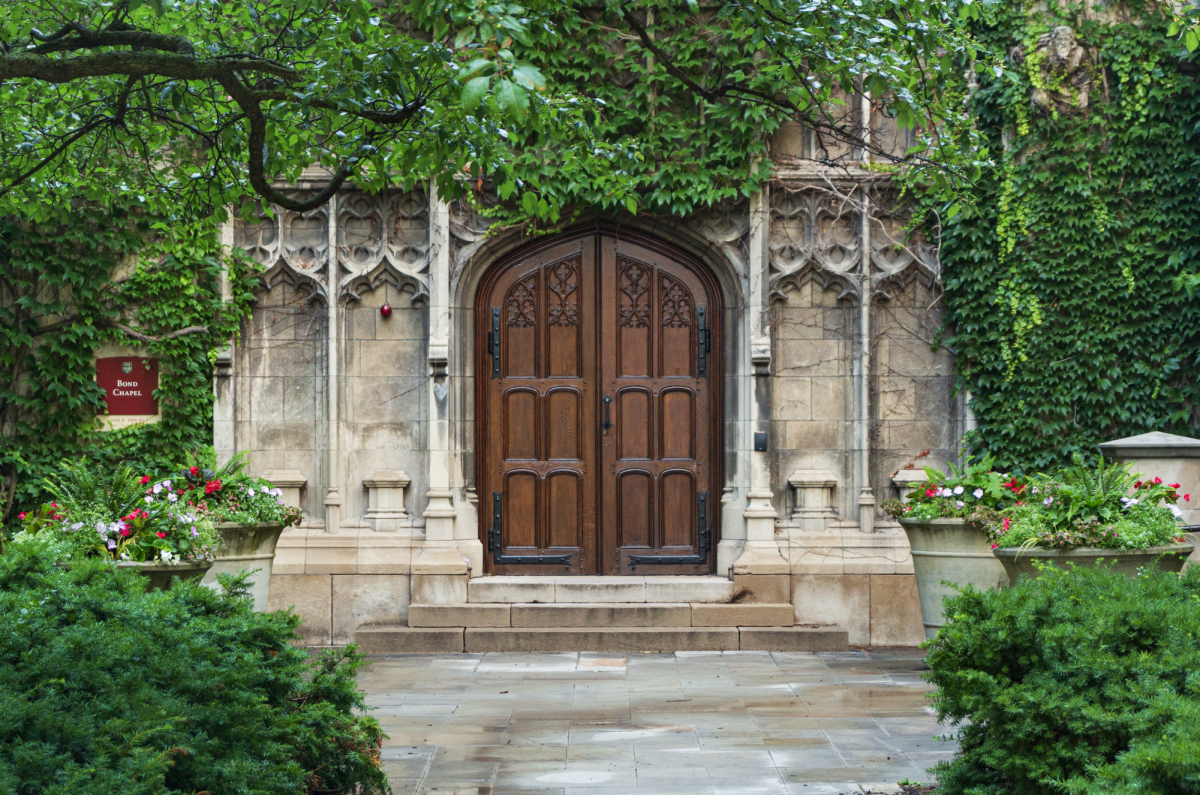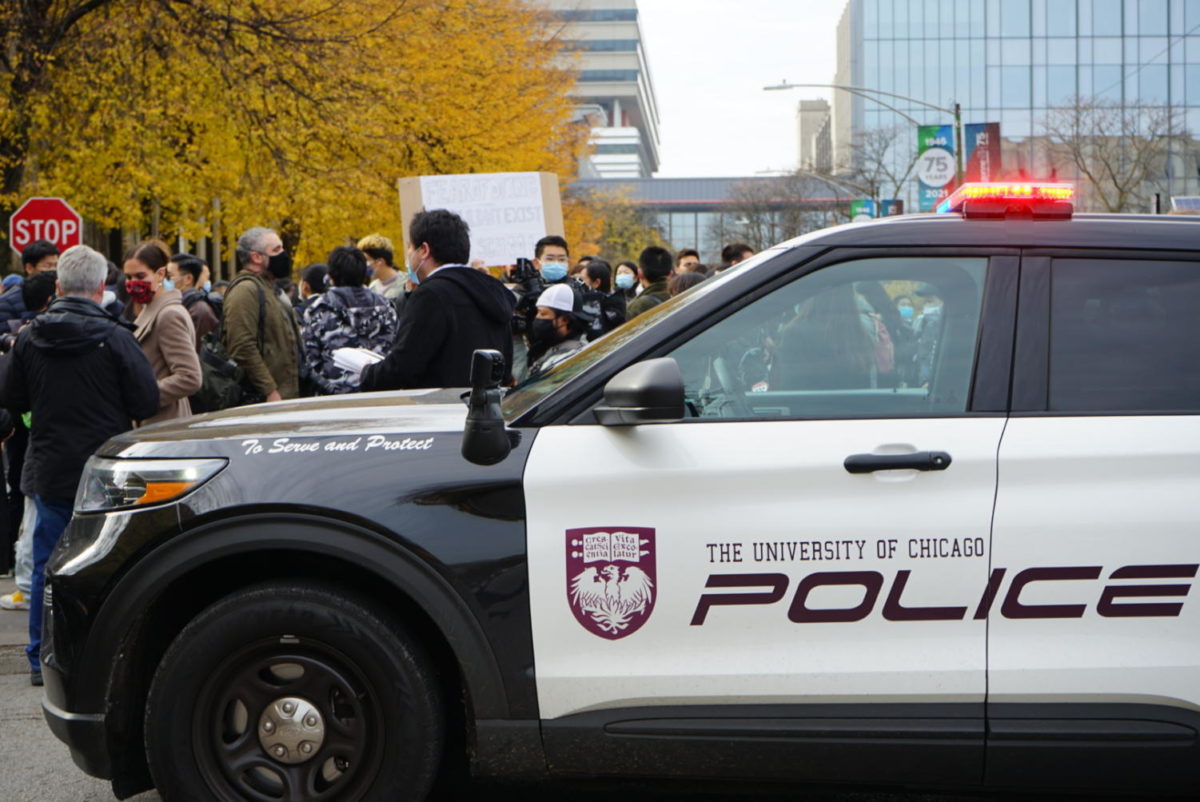As move-in and the resumption of in-person classes approach, UChicago students must reckon with the inadequacy of the University of Chicago Health Pact. To maintain students’ own safety—not to mention that of Hyde Park and Chicago—students will need to go well beyond the University’s recommendations.
By signing the pact, students promise to abide by various measures to limit the spread of COVID-19. “By committing to the UChicago Health Pact,” the administration writes, “we all help prevent the spread of COVID-19 and contribute to a shared culture of public health at the University of Chicago.”
The University’s Health Pact suggests a troubling abdication of responsibility on the part of UChicago administrators. Safely bringing hundreds of college students to Hyde Park requires a sober reckoning with how college students live and socialize. Recent cases at Notre Dame, the University of North Carolina, and others show that simply expecting students to follow guidelines is not much of a plan at all. Unfortunately, at many schools where cases have spiked after bringing students back to campus the response has consisted of scolding students for entirely predictable behavior. A recent letter from Dean Michele Rasmussen says that students who fail to comply with social distancing and other prevention measures may have their access to campus limited, but vague prohibitions will not do much to prevent us from hurtling over a similar cliff.
In spite of our administrators’ milquetoast stance on how we should keep ourselves safe this fall, we as students owe it to the Hyde Park community to hold ourselves and our peers accountable when it comes to COVID safety. That means adhering to the City of Chicago’s regulations, which, while far from perfect, offer more useful and specific guidelines than UChicago. The Emergency Travel Order requires travelers from COVID hotspots to quarantine for 14 days upon arrival to Chicago. It’s obviously irresponsible to host a 100-person rager. But the UChicago Health Pact only indicates in a footnote that the City of Chicago’s Phase IV reopening restrictions currently prohibits indoor gatherings on residential property of more than six people who do not live together. We had hoped that UChicago would give students more thorough guidelines as the beginning of the quarter got closer, but the University appears resolute in its insistence on putting that responsibility on students.
The stakes couldn’t be higher. Though the prospect of spreading a dangerous contagion should be motivation enough, this rings doubly true for University of Chicago students. We must remember that we reside in Chicago’s South Side, where, due to racial inequities in health outcomes and health care access, the virus has been especially devastating to the city’s Black community. Both Hyde Park and our university have a significant share of residents over 65—from our neighbors to our professors. Many members of this institution are immunocompromised or suffer from pre-existing conditions like asthma. And lest we forget, even healthy, able-bodied students are not immune to COVID-19—people our age have died from this disease. However much we may want to have a “normal” fall quarter, trying to move and socialize as if this were the case will only extend the chaos and uncertainty.
Unless we as students buy in to social distancing, mask-wearing, and other prevention measures, the University of Chicago Health Pact is more of a University of Chicago Health Suggestion. We owe it to the place that welcomed us home to take these measures seriously.



